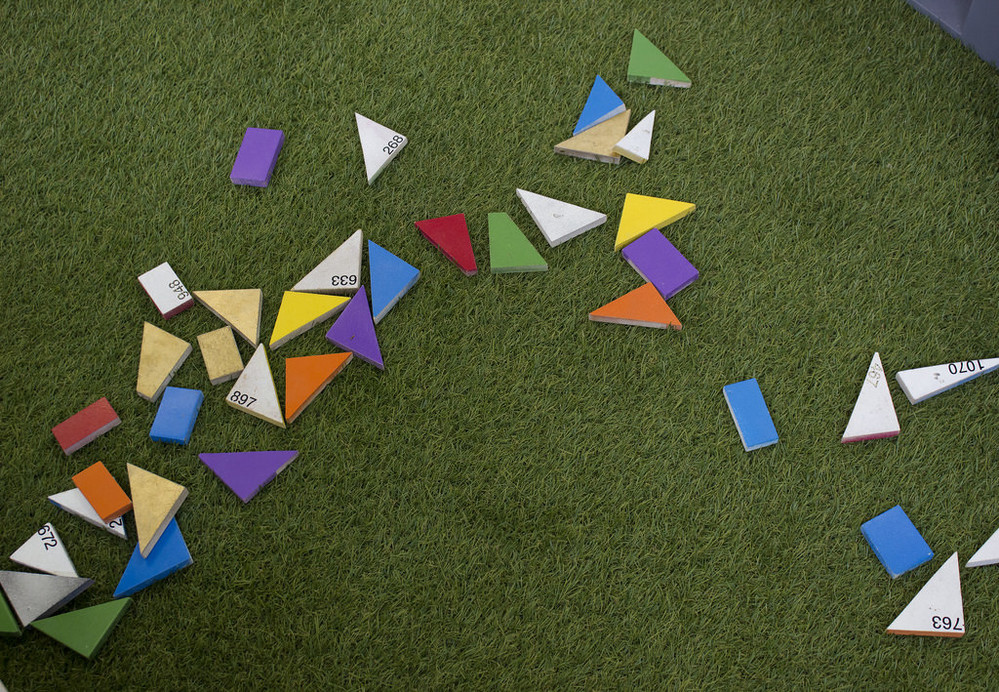As part of Creative Opportunities Unlocked, UAL’s Careers and Employability department ran the session ‘Creating your own career path’. Jacqui Rudd, an employability educator, led the talk on 1 February 2022. Creative Opportunities Unlocked is a three day careers event bringing employers, students and graduates together for talks and workshops to help, advise and inspire. Jacqui has been freelancing for over 6 years as well as working as a career coach, and if you’re a student you can book a one-to-one careers session with her.
Objectives
The Objectives of this session were to help participants:
- Gain clarity into exactly what it is you want to do next.
- Map out an ideal role.
- Learn how to communicate your ideal career pathway through CVs, cover letters and portfolios.
Jacqui started with a visualisation exercise asking participants to imagine:
What would you do on your perfect day? What brings you joy and passion? What skills do you have value in, but also really enjoy doing?
Next to think about your purpose. Where do your values go? How do these play out in a career path? What jobs overlap both your skills and interests?
This exercise helps you to narrow down what to avoid, what you’re interested in, what you’re skilled in, and what you’re not too skilled in but interested in. Mapping out these key points helps you know where to develop your skills, and consider what training you might need to do to get your ideal job.
Your ideal job will be the intersection of what brings you joy, and what your purpose is. - Jacqui Rudd
A point made during the session that I really appreciated was that you don’t have to have every single skill on the essential criteria list on a job posting. If you have the rest and know you can learn, training can be provided most of the time. Self-doubt is one of the easiest ways to fall at the first hurdle - you are probably more qualified for that role than you think! Don’t let imposter syndrome stop you from applying.
How did you get here?
Next, we did another exercise to get us thinking about what exactly led us to this point today:
1. Identify the meaning behind your career choices.
Reflect on all your career moves and the reasons for them - why you chose your degree, why that job, what transferable skills did you gain as a result?
2. Map out your career journey
Fill in the gaps: reflect and don’t be too critical of your decisions! “I never want to work in fashion again” is a good lesson learnt and reflection to make!
3. Your next stop
Reflect on your perfect workday from the earlier exercise. What’s your next step to getting there? Do you need to do an internship, or start freelancing? Do you need to build your portfolio and get evidence of your skills and what you can provide people? If there’s a particular skill you need to refine, start practicing.
4. Create your career ‘Elevator Pitch’
An elevator pitch is a one-minute long pitch you would tell someone in an elevator you just met. Narrow down everything you’ve just reflected on into key points and directions that match up with your next steps, values and purpose.
How to structure your elevator pitch:
- Past: What led you here?
- Present: Where you are now?
- Future: Where you want to go next?
Your career goals
Communicating your career goals is also a very important but overlooked skill in getting your dream job. Jacqui recommended using LinkedIn primarily, as a great way to connect not just with potential employees but the wider creative community in your specific practice.
Make sure your headline is representative of not just you now, but where you want to be. Choose a job title that suits your career path - and know that you can have more than one. If you’re a multi-hyphenate, that’s okay, you don’t need multiple accounts, you can market yourself as a rounded creative. If you’re a great designer but would rather branch into illustration because you enjoy it more, call yourself an illustrator not a designer. Already you will find yourself opening doors to the kinds of jobs you want to do.
It's also important to highlight your aims, upcoming goals, and projects you’re currently working on, and share them with your network. You never know what could come from it. Also don’t be afraid to send messages on LinkedIn and just ask to connect with other creatives in your discipline. Maybe you both worked for the same company once, or just have similar interests and goals? Either way, building your network is sure to lead to more opportunities.
Tips I found most helpful:
- Keep a spreadsheet with essential criteria jobs you often look at are searching for, with examples of how you meet the criteria. Then you can just copy and paste the relevant experiences, and this makes applying for multiple jobs quicker and easier whilst also making your application tailored.
- Collect reviews and recommendations from friends and clients you’ve worked for, these look great to potential employers.
- Don’t use the word ‘budding’ or ‘aspiring’ before your career name - you’re not a budding photographer - if you take pictures, you are a photographer. Don’t play down your practice just because you don’t have a lot of experience.
- Don’t be afraid of a speculative application (an application for a job that hasn’t been posted or perhaps doesn’t exist yet). Just show you’ve done your research into the company you’re contacting in your cover letter and drop them an email with a link to your portfolio.
- Job titles can be misleading - the description is where you can see if this job is something you’re actually interested in and would be skilled in - for example, a ‘Creative Director’ role often isn’t very creative.

